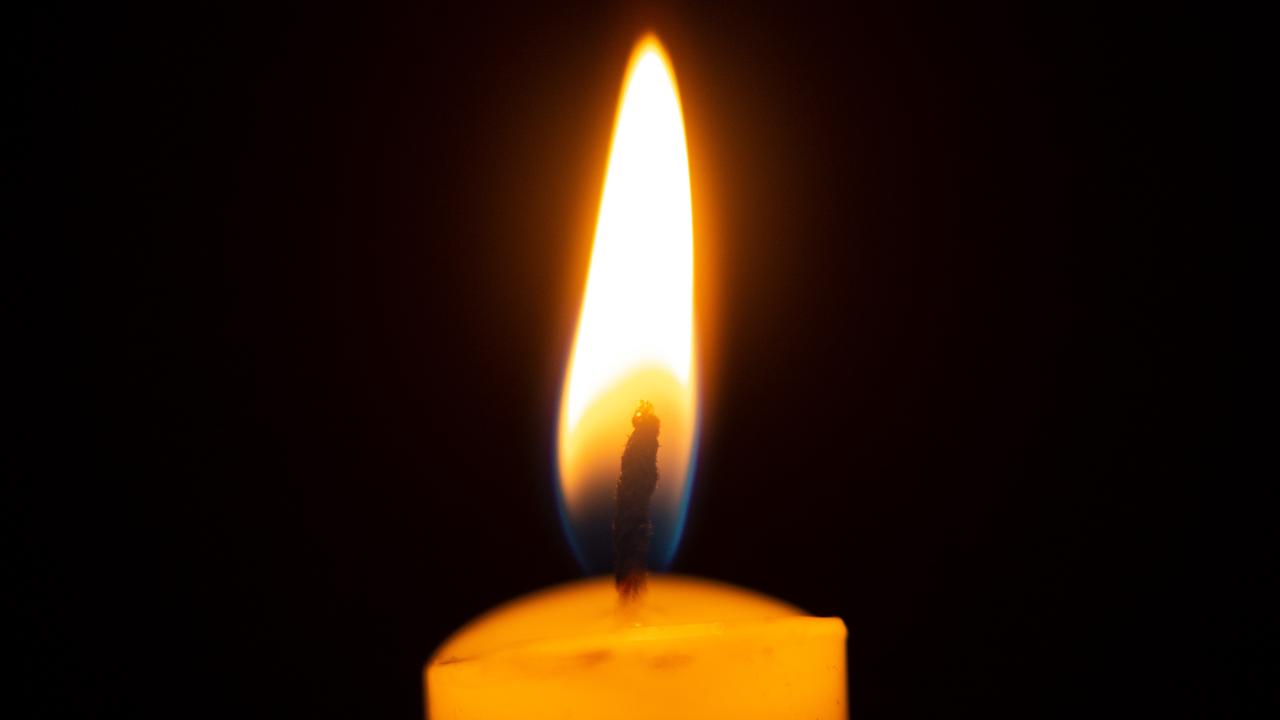Insight: Towns left to pay a price that went far beyond call of duty
TASMANIA’S small communities paid a huge price during World War I.

ANZAC Centenary
Don't miss out on the headlines from ANZAC Centenary. Followed categories will be added to My News.
TYPE the word Lebrina into Google Maps and you won’t find as much as a village.
All you will see is a small district identified by a red border not far from Lilydale in the state’s north.
Search for photos of Lebrina and the first to come up is a dilapidated wooden shed. Google’s “street view” shows a farm.
But look through Tasmania’s World War I record and the story is different.
Population: 20. Enlisted: 11. Deceased: 6.
A tiny hamlet it may have been, but Lebrina’s sacrifice was huge.
Records vary and there could have been more, says Heritage Lilydale’s Anne Youl, who has helped piece together an exhibition on the region’s WWI contribution.
In all, the villages and hamlets around Lilydale contributed more than 300 men. Nearly 60 never returned.
“They were fodder,” Ms Youl tells the Sunday Tasmanian.
“The British used Australians I’m afraid.”
Lebrina, Lilydale and their surrounds are just a handful of the many small Tasmanian communities that were decimated by the Great War.
Glance through the war record and the numbers jump out — 11 killed of 27 who enlisted from Wilmot; 17 of 48 from St Marys; five of 14 from Myalla.
A closer look shows the devastating effect on families.
At Brighton, 11 of the 19 to die had a brother who was also killed.
Ron Watling, 90, has researched the fate of his uncles from nearby Kempton who were killed within two days of each other at Gallipoli in August 1915. Alfred and Arthur Watling were two of four brothers to enlist from the small town, which lost more than 20 men.
“What I can remember Dad saying was work was scarce and the boys joined up,” Mr Watling says.
“Times were tough and they were big families — no contraception in those days.”
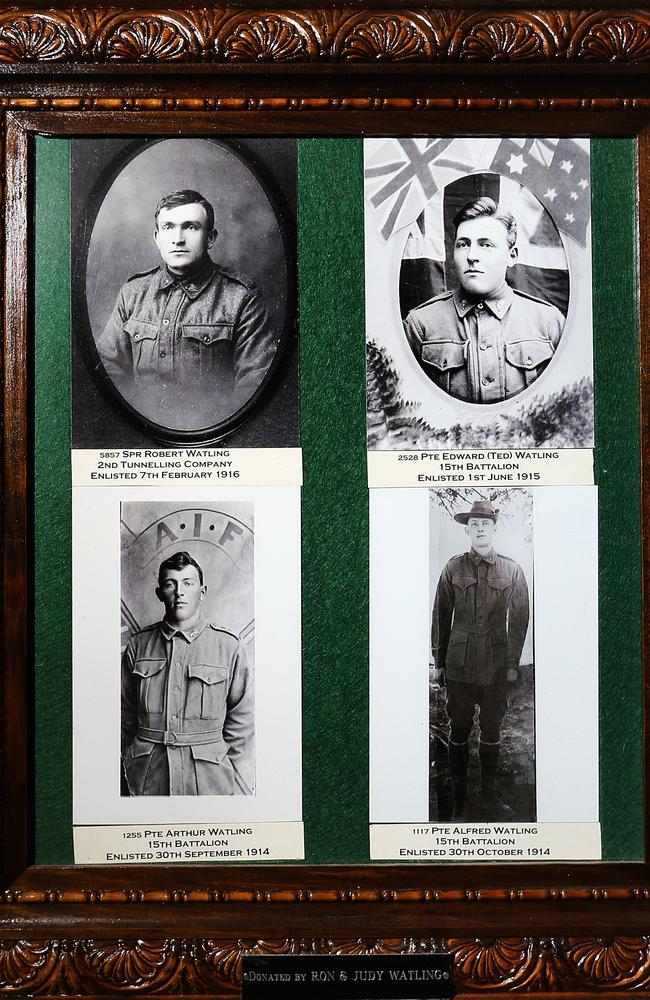
Tasmania lost around 3000 men in World War I.
High casualty rates have been put down to men fighting, rather than serving in administrative units.
Tasmania’s 14 Victoria Crosses, testament to its men’s bravery on the battlefield, is another explanation
“They were pretty daring fellas,” Mr Watling says.
“They were pretty good shots and pretty courageous fellas and pretty hard working fellas too in those days because you had to take any sort of work that came along.” If the deaths of two brothers were painful, the return of physically and mentally scarred survivors also hit communities hard.
The other two Watling brothers both came back in poor health, one never to work again.
“It was pretty miserable,” Mr Watling says.
“Old Granny Watling had a Dickens of a time to find out what happened to the boys.
“It took some months before they found out.”
The names of three Bond brothers appear on the small war memorial at Judbury in the Huon Valley.
Descendant Alton Bond has researched the brothers — Francis, Richard and William — whose deaths caused their mother, Rose, to write to the Army pleading for the return of her other son, Hugh.
“That was granted and he was torpedoed on the way home,” Mr Bond says.
“He had a broken kneecap and suffered from exposure but he made it back to Judbury.”
One of the luckier ones, Hugh Bond went on to own an apple orchard and open the bowling for the local cricket club.

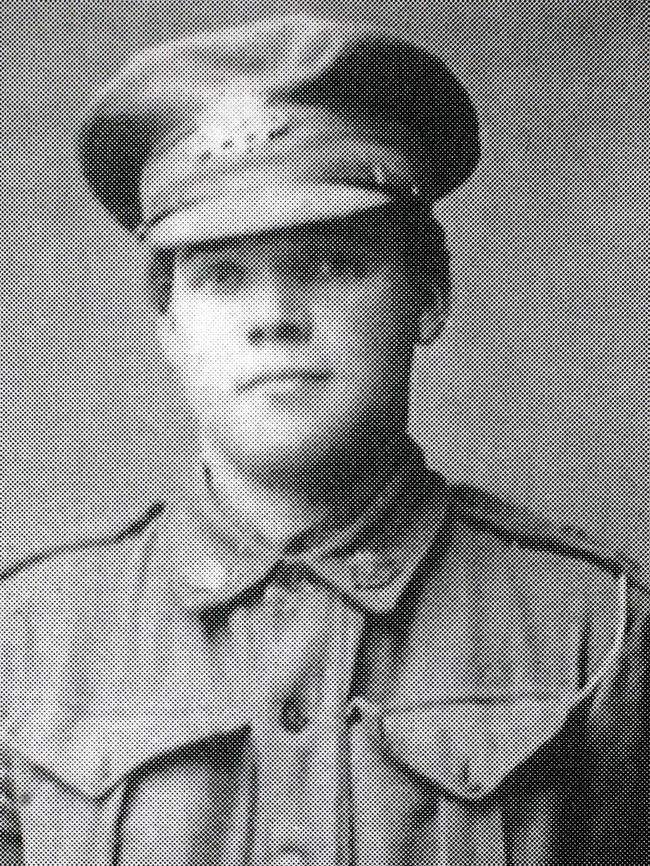
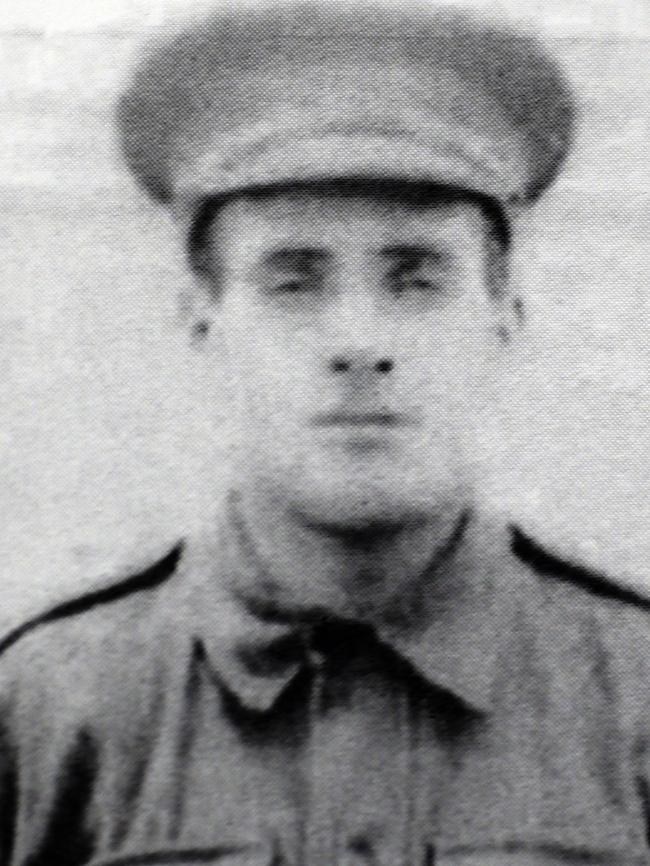
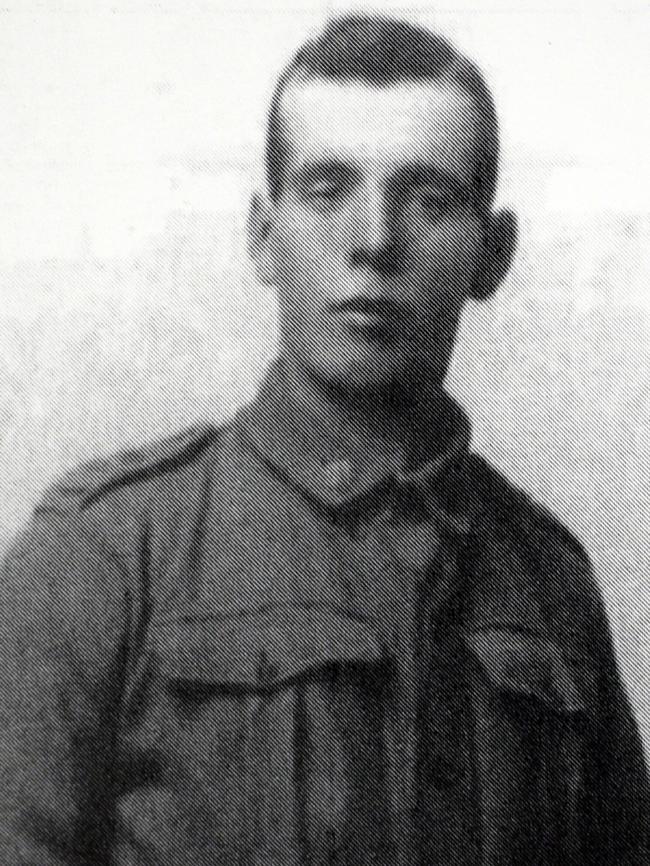
St Marys’ high price was shared by surrounding villages like Cornwall, Mt Nicholas and Mathinna, says RSL vice-president and amateur historian Graham Cameron.
“When you look around a lot of those places are just names on the map now,” he says.
The locals enlisted to be with their mates, Mr Cameron says, but many were miners and well aware their occupation was already a health hazard.
“When you go through the cemeteries up there you find that a lot of blokes died in their mid-to-late 40s or early 50s from dust on the lungs,” Mr Cameron says.
“A bloke would have been well aware of that so they weren’t risking that much by going to war.
“They were going to die in the mines anyhow.”
Families with small holdings, and particularly their women, eked out a living from the land during the war, but the hardship didn’t end with the end of the conflict. “It probably stopped some families in their tracks,” Mr Cameron says.
“Some only had a couple of sons and lost them both — that’s the end of that family as far as passing the name on.
“Lots of them who came back wouldn’t have been very nice people to be around — there would have been very few blokes who came back who wouldn’t have been damaged in some way.”
Life was difficult too at a time of physical labour and before disability pensions.
“One serviceman had been hit across the head, shot in the shoulder and had this bloody big ball in the knee — he still had no disability pension, he had to work,” he says.
“They were bad times.”
Some small communities never recovered.
Many found the need, and money, to erect the small cenotaphs that dot the island state.
Some have stood for close to 100 years themselves, others are newly built with Anzac Centenary grants and all were the focus of reflection yesterday.
But war historian Reg Watson is one who wonders whether they’ll be standing testament to the sacrifice of Tasmania’s small communities in another 100 years.
Mr Watson says honour boards and plaques are already being lost as churches and halls are sold and development encroaches.
“I have found some of these memorials in the most unthinkable places,” he says.
“I sometimes wonder if it will be revered as much in 100 years.
“It’s a heck of a long time, another 100 years … it’s an unknown quantity.”
david.beniuk@news.com.au
Originally published as Insight: Towns left to pay a price that went far beyond call of duty


